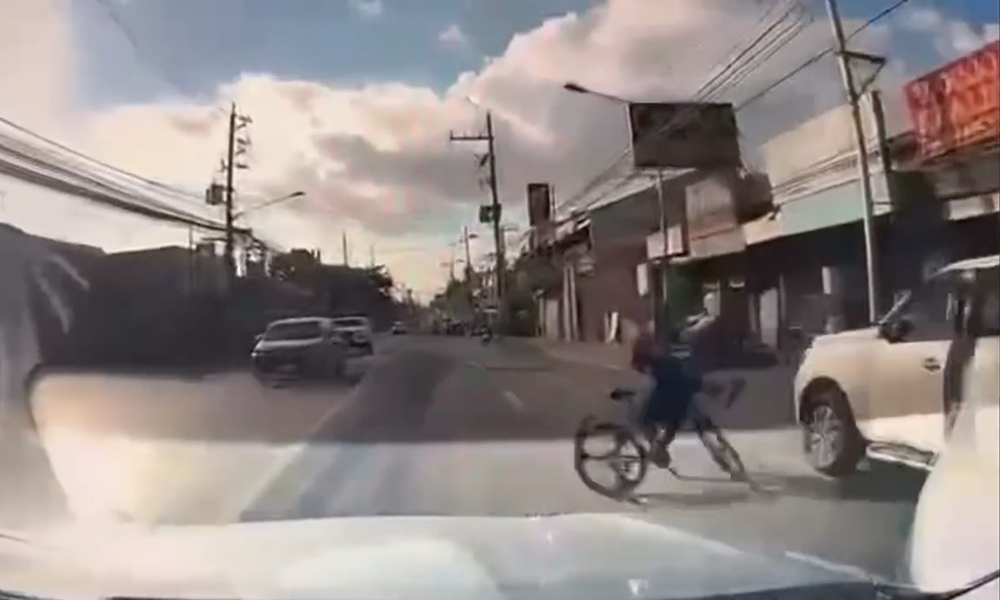
Dooring is what happens when a driver or a passenger opens a car door into the path of another road user. It is normally used in the context of cycling, but this clip has lessons that can apply to everyone. So, here are four things we can learn from the dooring video.
1. Street parking can be dangerous. There are reasons why street parking isn’t a good idea—even if it could be the only parking option for cars. For one, it blocks the way of other road users.
And when this causes a bottleneck, it opens the door (no pun intended) for conflict. Aside from the threat of dooring, a poorly executed lane change could result in a collision, which seems to be quite common based on the Metropolitan Manila Development Authority’s incident reports.
This can be problematic for cyclists since the outermost lane tends to be obstructed. And it’s not easy to merge when you put yourself in the line of fire of motor vehicles that are much larger, heavier, and faster than a bicycle.
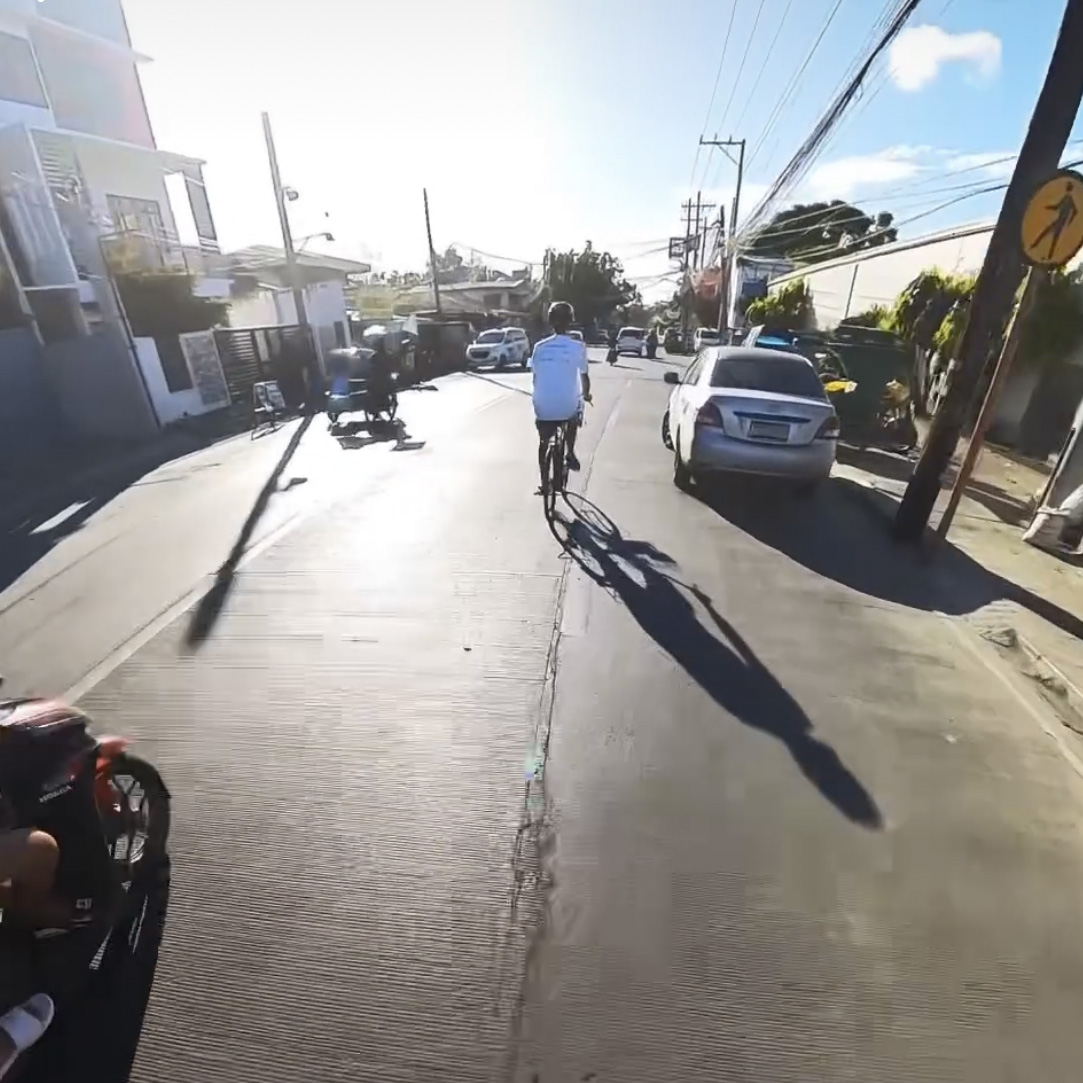
2. Do not move closely beside parked cars. There’s not telling if the door of a parked vehicle is about to open. So, the best thing to do is be defensive and keep enough distance.
This is especially true for those on two wheels (or on foot) since there’s no protection against a door slamming into them. For cyclists, don’t be ashamed to take the inner lane—just make sure to signal and merge when clear.
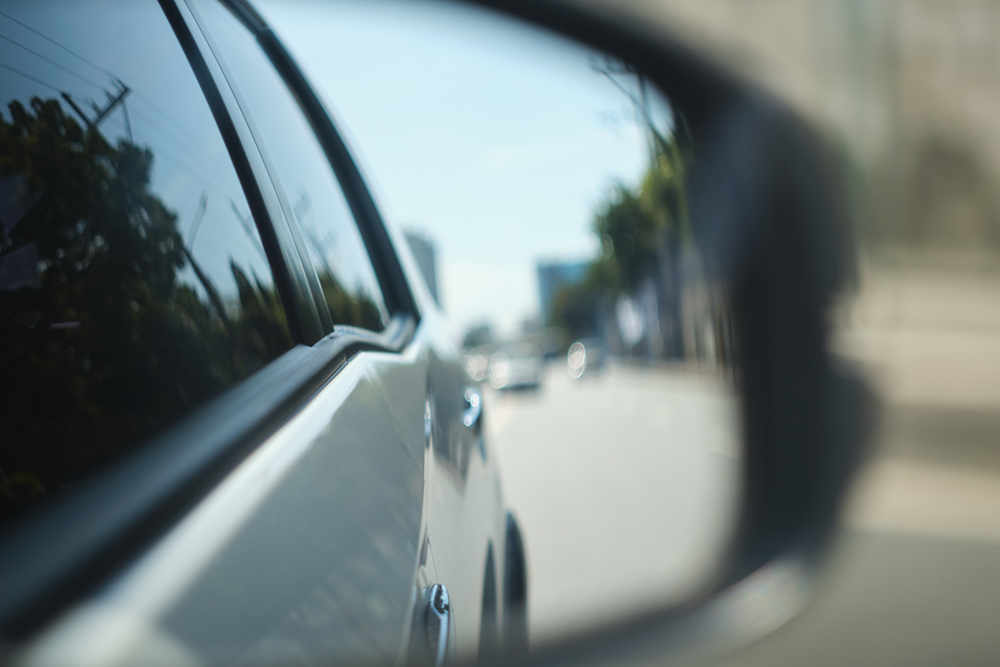
3. Checking your side mirror could save lives, including yours. Our colleague previously wrote a detailed article on the “Dutch Reach.” It’s good practice. But for it to be effective, you must be actively aware of your surroundings, or else it devolves into a mindless routine.
This doesn’t benefit only bikers as it could also protect the driver and the passengers, too. Had the driver in the video doored an oncoming car, then he or she would have been the one in danger.
That’s what nearly happened when someone I knew carelessly opened the door and an oncoming car shut it close. Good thing she didn’t step out of the vehicle, or else she could have been injured or paralyzed.
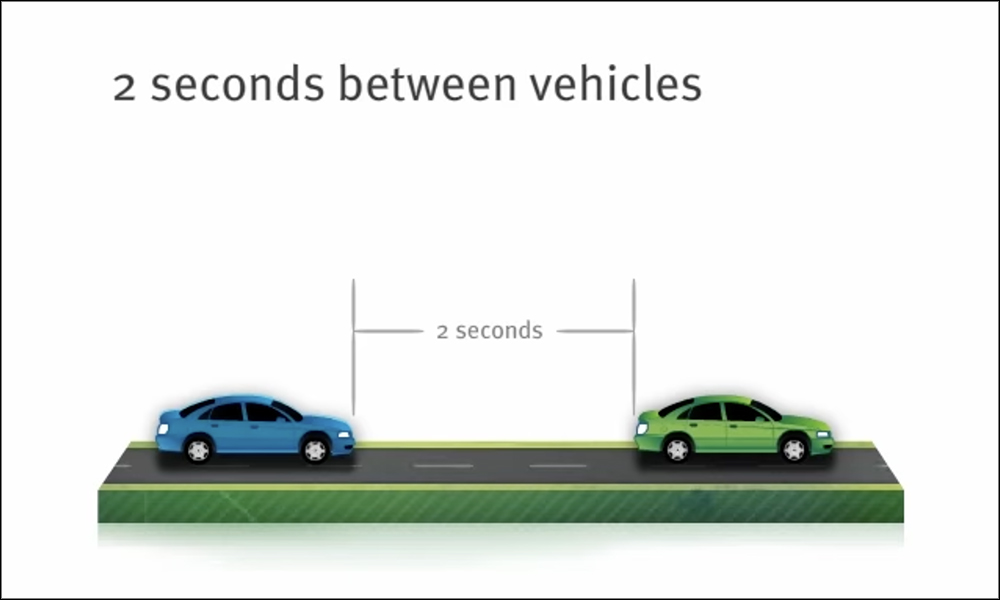
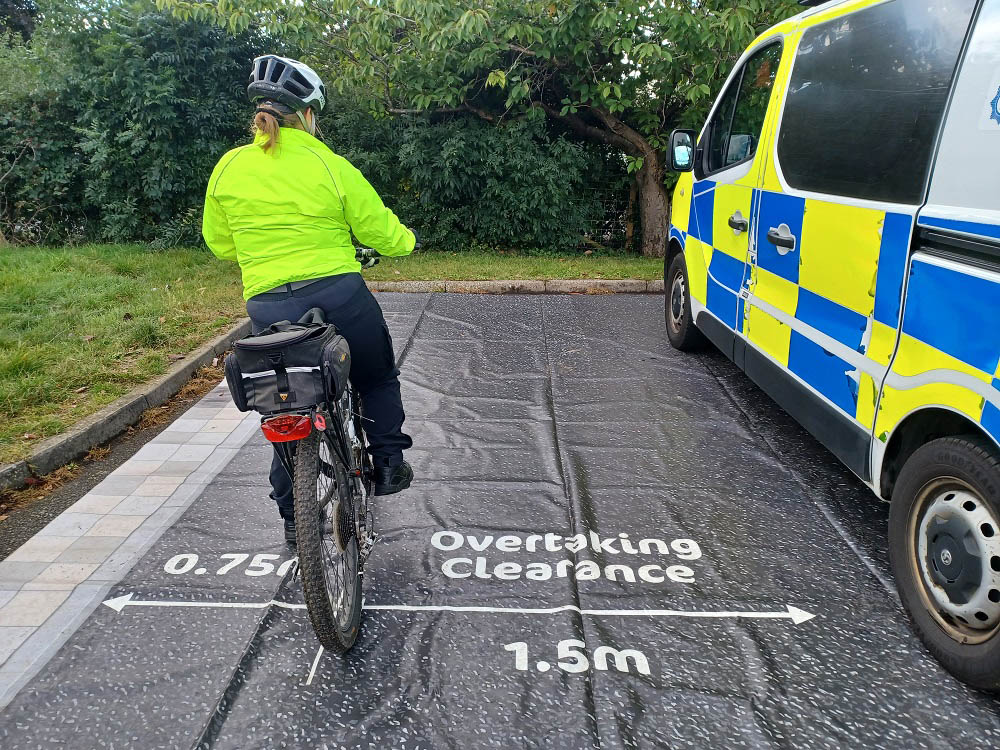
4. Do not tailgate or close-pass. Anything can happen on the road, and that’s why there are guidelines such as the “Two-Second Rule” and a minimum safe overtaking distance. The point of these is to make sure you have enough time and space in the event you have to suddenly stop or evade something (like what happened in the video).
I remember when I was learning how to drive, my father would ask me: How far ahead do you look? A good driver is a defensive one who constantly scans for possible dangers and always thinks a few steps ahead. Seeing only what’s right in front of you isn’t enough.
He was also right about steering clear of bicycles and motorcycles. As much as cyclists don’t want to move unpredictably on the road, they have to do what’s necessary to survive—especially when there are potholes, bumps, nails, shattered glass, parked cars, and all sorts of obstructions and hazards that you won’t notice inside a car.
That’s why the last thing they need is a hasty driver honking at them from behind, itching to overtake. So, if you ever encounter a biker in front of you while driving, please extend your patience. And leave enough space when it’s safe to pass.

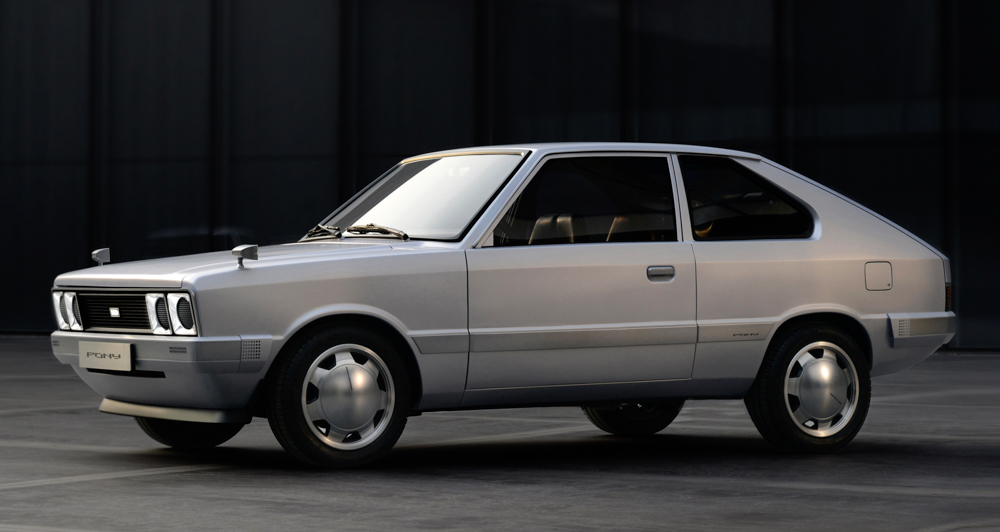
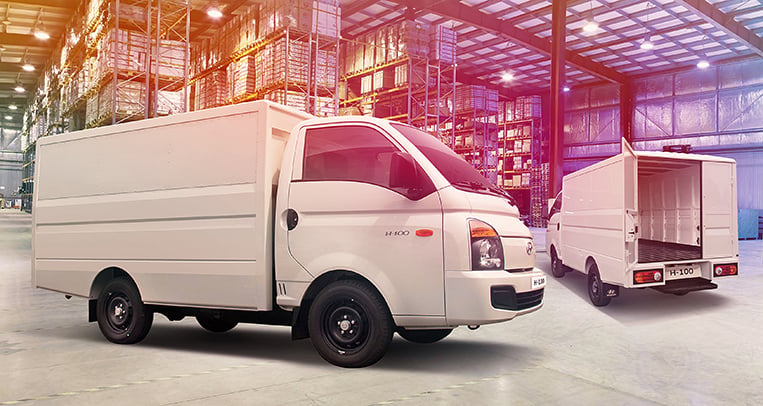
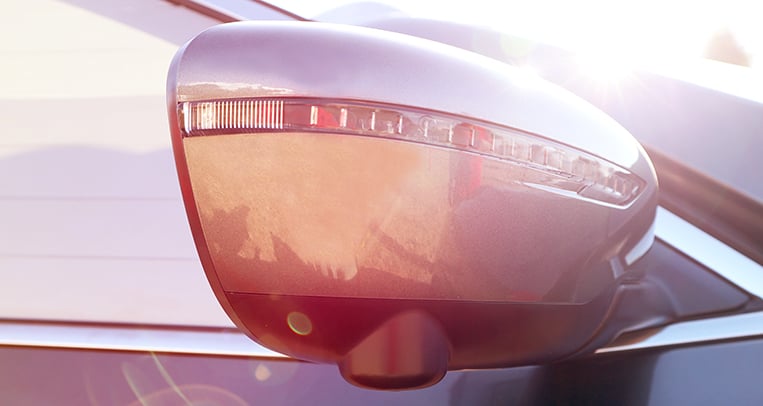
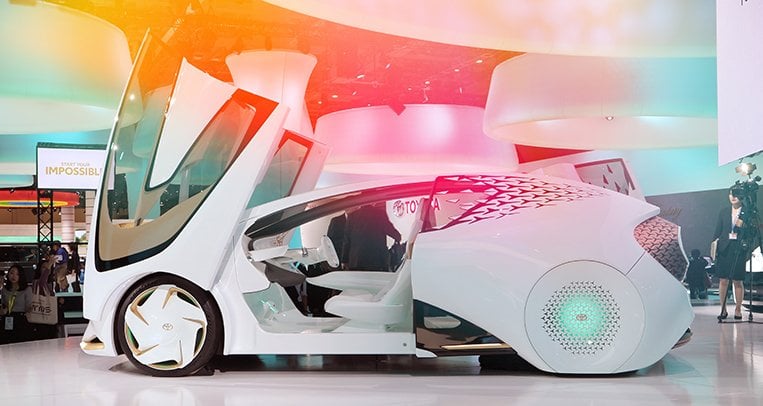
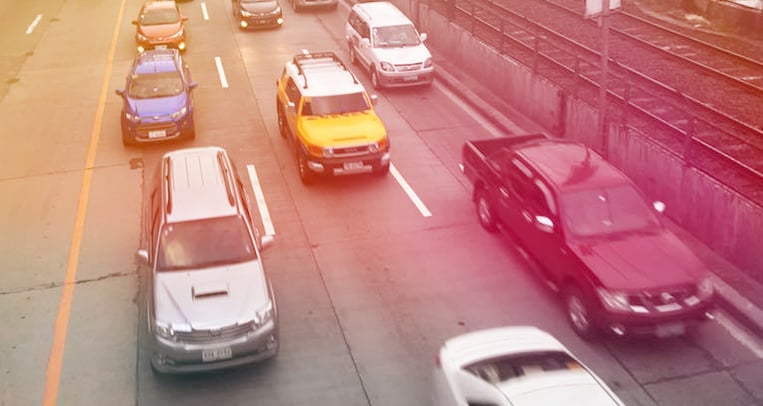
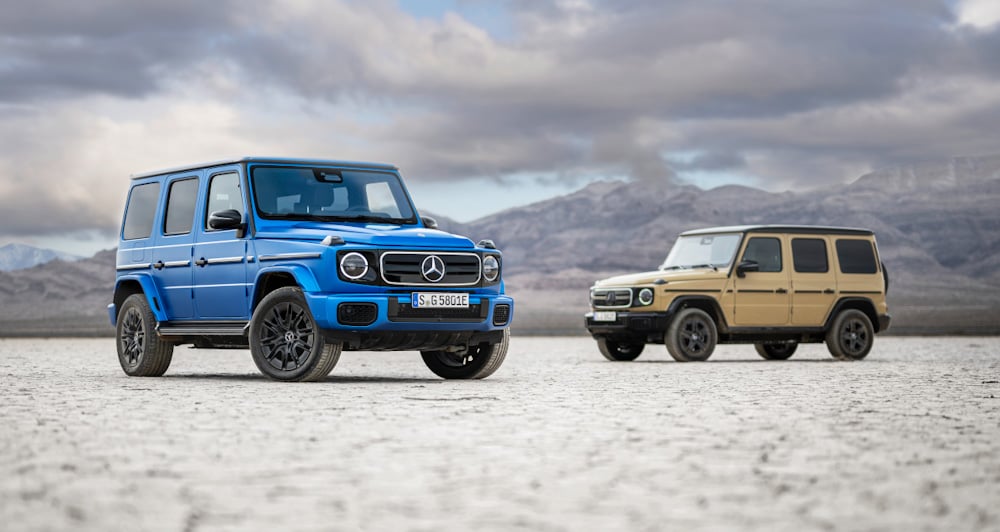
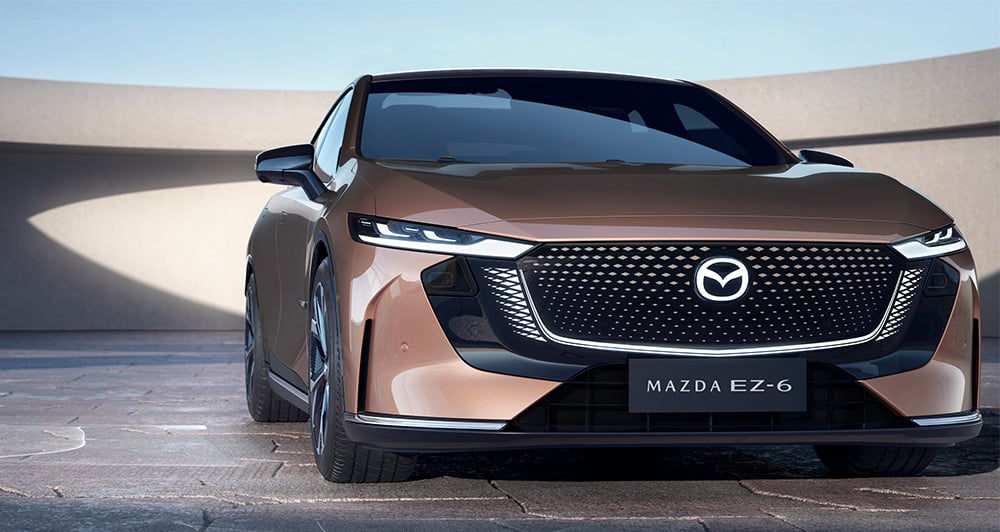
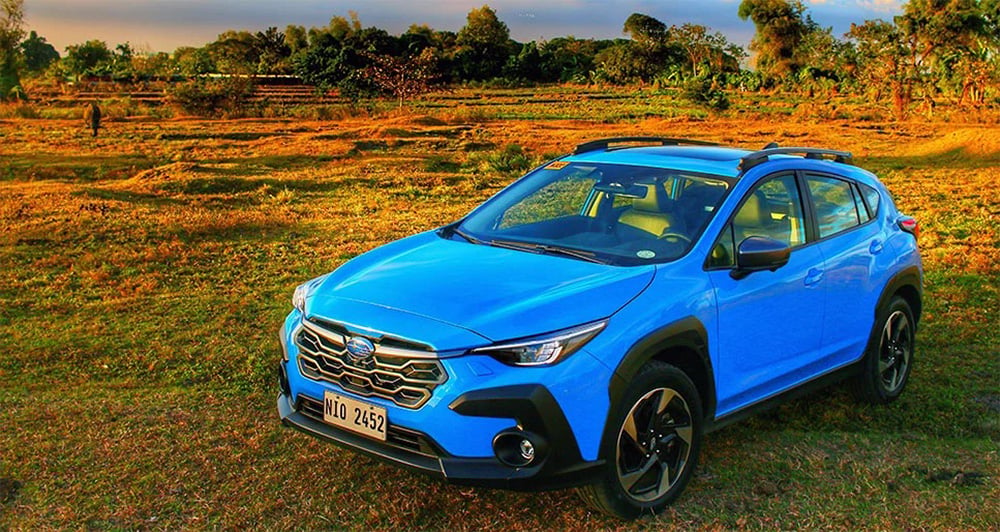


Comments